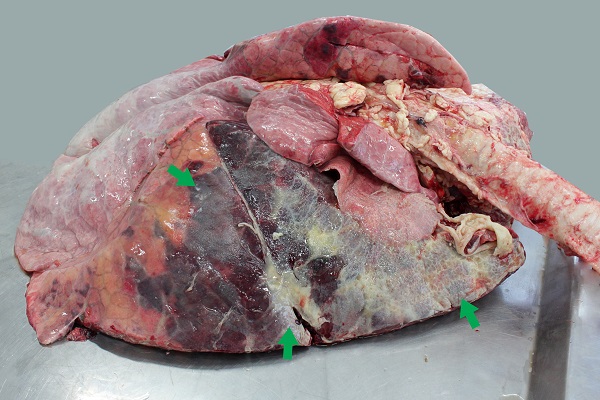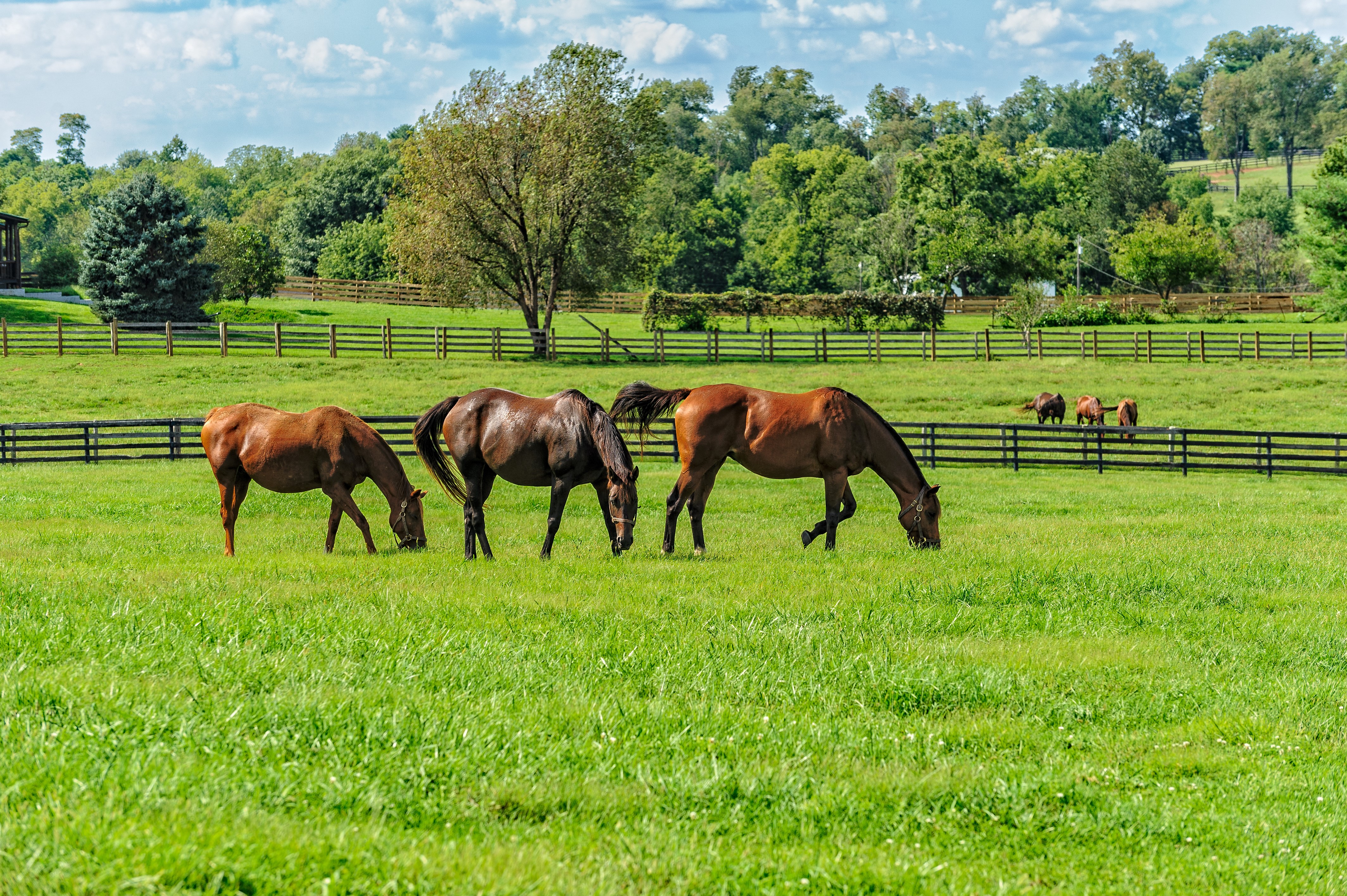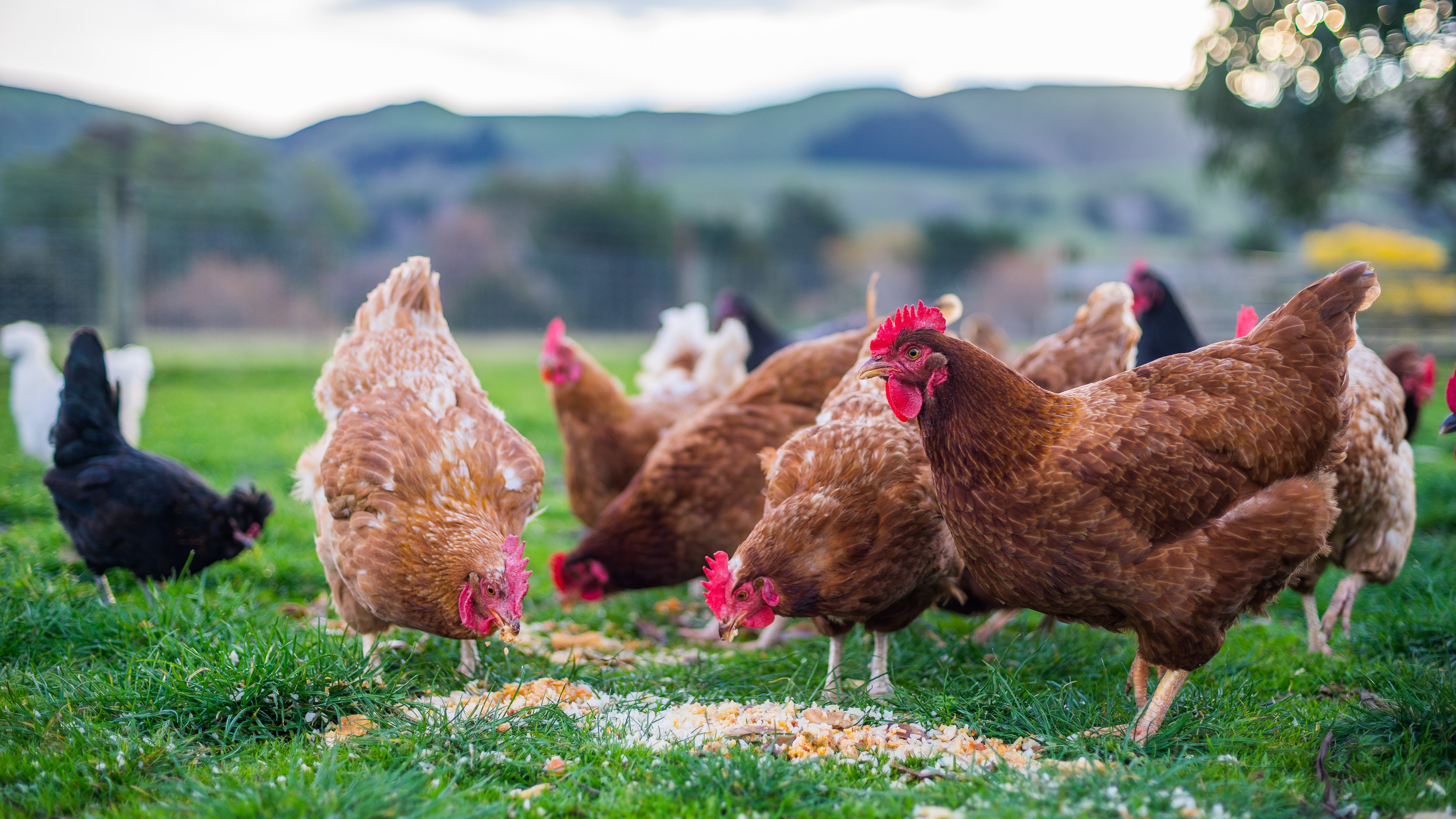Bovine respiratory disease (BRD) is consistently the most significant cause of morbidity and mortality in cattle in all ages worldwide. Owing to the multi-factorial aetiology of BRD which involves the interaction between environmental factors, host factors and pathogens, control of the disease can be difficult to effect within specific herds.
| In 2017 , 609 submitted carcasses were diagnosed as BRD on Post-Mortem examination.
| Organism | Count | Percentage |
|---|---|---|
| Bacterial | 279 | 46.3 |
| Parasitic | 126 | 20.9 |
| Viral | 104 | 17.2 |
| No agent identified | 87 | 14.4 |
| Fungal | 2 | 0.3 |
| Organism | Count | Percentage |
|---|---|---|
| Dictyocaulus spp | 126 | 20.9 |
| No agent identified | 85 | 14.1 |
| Pasteurella multocida | 78 | 12.9 |
| Mannheimia haemolytica | 63 | 10.4 |
| RSV | 52 | 8.6 |
| Mycoplasma bovis | 45 | 7.5 |
| Trueperella pyogenes | 39 | 6.5 |
| Others minor organisms | 38 | 6.3 |
| IBR virus | 23 | 3.8 |
| Haemophilus somnus | 18 | 3.0 |

Figure 5.1: Characteristic fibirnous bronchopneumonia caused by Mannheimia haemolytica. Photo:Cosme Sanchez-Miguel

Figure 5.2: The relative frequency of detection of selected bovine respiratory pathogens.






